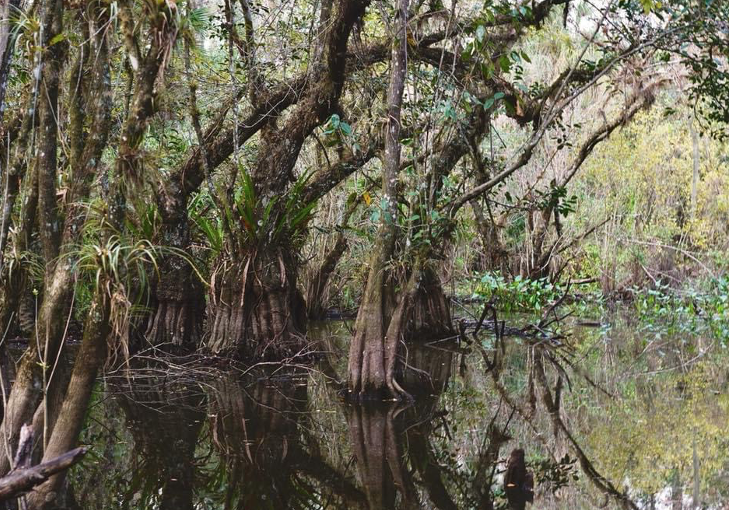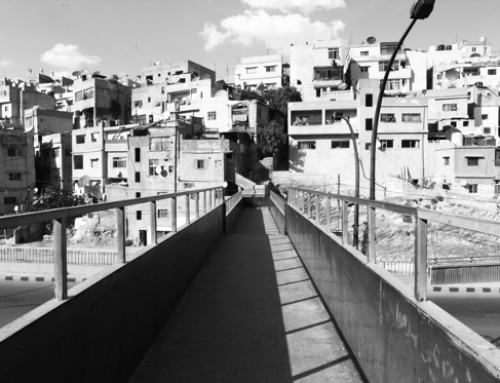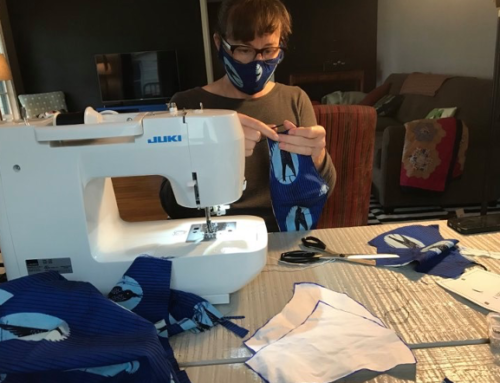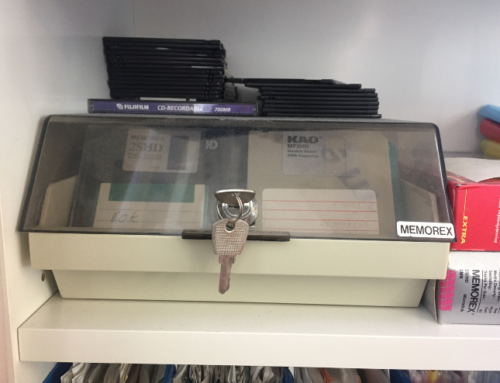Listen to the audio version of this essay here
I should have been in South Florida, serving as a judge for the Miss Seminole Princess Pageant. Instead, I proposed Zoom for an interview with Marty Bowers about his thrilling new endeavor, the Kissimmee Billie Slough (KBS) Curriculum Project. He responded “umm, i can download the app n letchu kno. i can facetime .” No iPhone or Facetime for me, so we scheduled a Zoom.
That Friday afternoon the connection failed. We resorted to Facebook Messenger video, with the conversation interrupted repeatedly by an unstable internet connection, garbled words, filler laughter, jettisoning and redialing: the full pandemic-communication rigamarole. Too spooked by technology gremlins to set up something fancier, I held up my phone by hand for nearly two hours to record the audio.
Such are the banality and low-key anxiety of connection “in these times” of collegial respect and long-distance friendship when communicative protocol is emergent.
Marty and I had never visited one another’s houses until we joined by video. We were each staying “safer at home” during a pandemic that was surging on Florida Seminole reservations. This wasn’t supposed to be how we talked about the KBS Curriculum Project. We would have found time for a sit-down interview, most likely at the Billie Swamp Safari, where I would order an Indian taco and the gigantic (one size only) unsweetened iced tea. Or maybe we would have visited the slough, a swampy riparian area people also call “the native area,” but perhaps not: we would not risk anyone thinking it inappropriate for us to go alone, and planning a larger outing is a heavy lift. Never mind that. Instead, here we were in Los Angeles and Florida, in each other’s homes and, I like to think, each delighted to reconnect “face to face” after several years of communicating only by Facebook reactions and comments plus the occasional direct message.
Bowers’ project builds from the premise that place has much to teach. And that part of the responsibility of sovereignty is decolonizing Seminole education. The KBS Curriculum Project gathers teachers and other Seminole Tribe staff to restructure the K-12 curriculum at the reservation Ahfachkee School by connecting learning in a range of subjects to the past and present of the Kissimmee Billie Slough. Hands-on lessons in the swamp—testing water, learning plant identification, spotting critters, absorbing ecology and history—would supplement classroom instruction, all calibrated to each grade level’s Sunshine State Standards.
True enough, but to describe the project this way sucks out its life. After all, Bowers’ declarative sentences come out of a perfect and brilliant jumble of pride, conviction, sheepish self-criticism, fuck-you confidence, confession, knowledge dropping, and introspection. For two hours we talked and laughed, Marty moving around the room in search of clearer cell signal, me seated at my partner’s desk because our eight-year-old had taken over my home office for Zoom “summer camp” class,” leaving nowhere else suitable for focused conversation. So much mirth: why do I usually excise laughter from ethnographic writing about place?

Cypress Trees. Kissimmee Billie Slough, Big Cypress Seminole Indian Reservation. Photo by Neal Marty Bowers
Some places can do everything. The Kissimmee Billie Slough (KBS) covers thousands of acres that are protected by Seminole Tribe of Florida environmental policies. There, treasured ghost orchids bloom, cypress trees and healing plants grow, shapeshifters may dwell, the slough becomes a slow-flowing river during the wet season, and Big Cypress residents hunt, fish, ride around on four wheelers, or just take a break from busy lives. In that watery place there are archaeological sites, stories, histories of war against invading Americans and of the Seminole cattle industry, environmental regulations, Everglades restoration initiatives, water quality tests, and wetlands ecology galore.
As Bowers put it, “We can tell the complete Seminole story from the Kissimmee Billie Slough.”
That is a mighty weight for a slough to bear. Or, maybe the reverse is truer: perhaps narrative strains to carry the slough’s weight.
Marty recounted a heated conversation between his daughter and granddaughter that inspired his project: the mother tried to teach her child a concept that “she herself didn’t understand. And they were desperately trying to reach one another in their own way, and they were each getting so frustrated in their own way. And then they both started crying. And I was thinking: there’s just gotta be another way.”
Now, thanks to Messenger video, I could picture that moment in that house. By contrast, I could not join him in the slough. What if the former proved to be more important than the latter for my larger study of the ways people in the Florida Everglades were tied to water at a time of ecological reckoning? What if that house became the slough when mother and daughter argued?
I have a feeling we will talk this way again, kept more distant and also brought closer through the sometimes-garbled words of unstable connections.
Cite as: Cattelino, Jessica R. 2020. “Place at a Distance.” In “Flash Ethnography,” Carole McGranahan and Nomi Stone, editors, American Ethnologist website, 26 October 2020, [https://americanethnologist.org/features/collections/flash-ethnography/place-at-a-distance]
Jessica R. Cattelino teaches anthropology at UCLA. She is author of High Stakes: Florida Seminole Gaming and Sovereignty (Duke University Press, 2008).




